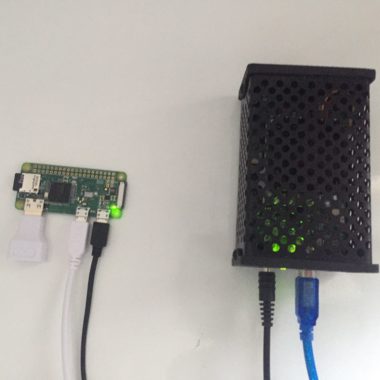In cryptocurrency mining, difficulty refers to the level of computational work required to solve the cryptographic puzzle and create a new block. The difficulty level is adjusted regularly to ensure that the average time between the creation of new blocks remains constant.
The difficulty level is increased when more miners join the network and the total computational power of the network increases. This is done to ensure that the time between the creation of new blocks remains constant, despite the increase in computational power.
Similarly, the difficulty level is decreased when the total computational power of the network decreases, for example, if miners disconnect their equipment or switch to a different cryptocurrency. This helps to maintain the balance between the computational power of the network and the time required to create new blocks.
The difficulty level plays a crucial role in maintaining the security and stability of the network, as it ensures that blocks are added to the blockchain at a consistent rate and prevents any single miner or group of miners from controlling the network. Miners must continuously adapt to changes in difficulty to remain competitive and earn rewards.
It’s important to note that the difficulty level can have a significant impact on the profitability of mining. High difficulty levels can make it more challenging and unprofitable for individual miners, while low difficulty levels can make it easier and more profitable to mine. Miners should consider the current difficulty level and the expected future changes when deciding whether to mine a particular cryptocurrency.
How difficulty in crypto mining is beeing calculated
The difficulty level in cryptocurrency mining is typically calculated based on the amount of computational power in the network and the time it takes to create a new block. The goal is to maintain a consistent average time between the creation of new blocks, despite fluctuations in the computational power of the network.
Different cryptocurrencies use different algorithms to calculate the difficulty level, but the most common algorithm is called the “Difficulty Adjustment Algorithm” (DAA). This algorithm adjusts the difficulty level based on the time it took to create the last set of blocks. If the time it took to create the last set of blocks was shorter than the desired time, the difficulty level is increased. If the time was longer than the desired time, the difficulty level is decreased.
The exact calculation of the difficulty level varies from cryptocurrency to cryptocurrency, but the basic principle is the same: to ensure that the average time between the creation of new blocks remains constant, despite fluctuations in the computational power of the network.
It’s important to note that the difficulty level is not a fixed value and can change frequently based on the computational power of the network. Miners must be prepared to adapt to changes in difficulty to remain competitive and earn rewards. The difficulty level affects the profitability of mining, so miners should regularly monitor the difficulty level of the cryptocurrencies they are mining and adjust their mining strategies accordingly.











